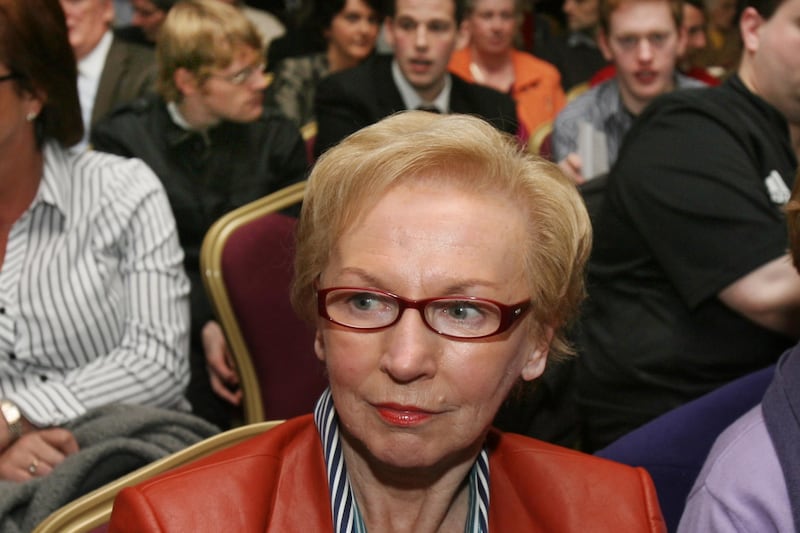Subscriber OnlyLife & Style
Rip-off Ireland? How overseas tourists rate Ireland on value for money
Irish holidaymakers are quick to complain about the relative cost of staycations compared with overseas trips. But what do overseas visitors think of Ireland as a value-for-money location?













